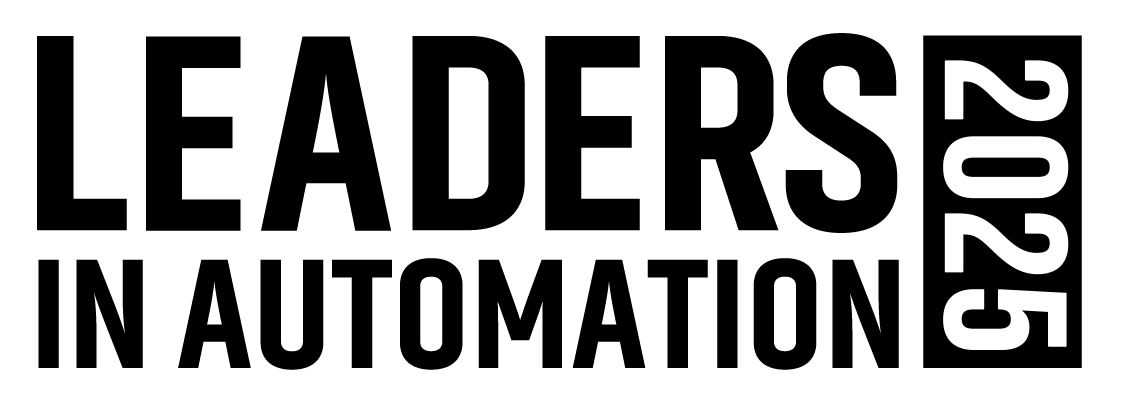World PLC Market Set to Grow
ARC projects the PLC market to expand at a 4.6 percent compound annual growth rate over the next five years, in spite of declining PLC prices. The worldwide PLC market totaled more than $6 billion in 2003 and is forecast to reach over $7.5 billion in 2008, the firm says.
The gains will follow a market that was essentially flat during the early 2000s, says Himanshu Shah, an ARC senior analyst and co-author of the report, titled “Programmable Logic Controller Worldwide Outlook.” “We saw a small uptick starting in 2003,” Shah says, adding that ARC now expects the growth rate in PLC shipments to accelerate over the five-year study period.
Shah cites several drivers for the trend. One of the most significant is the demand from rapidly developed regions including China, Eastern Europe, Russia, India and Brazil, he says. All are making heavy investments in automation, he notes.
Among other drivers, Shah notes that so-called nano PLCs and micro PLCs are finding applications in non-manufacturing industries, including telecommunications, building automation, transportation and warehousing. “While manufacturing remains an extremely important area for PLCs, the PLC vendors have found that in order to grow, they must also target these other, non-manufacturing areas,” he says.
New areas are also opening up in manufacturing. Nano PLCs are finding new ways to address the relay replacement market, while large PLCs are moving into application areas previously handled by distributed control systems.
“The term PLC no longer stands only for logic control and programmability,” says Shah. “Communications capabilities, large memories and fast central processing units have turned the PLC into a universal automation component that fits all applications,” he declares. The result is the emergence of a new system category that ARC calls the Programmable Automation Controller (PAC). Though the transition has only just begun, Shah says, the trend toward PACs is “set to change the face of industrial automation at the controller level.”
Wes Iversen
